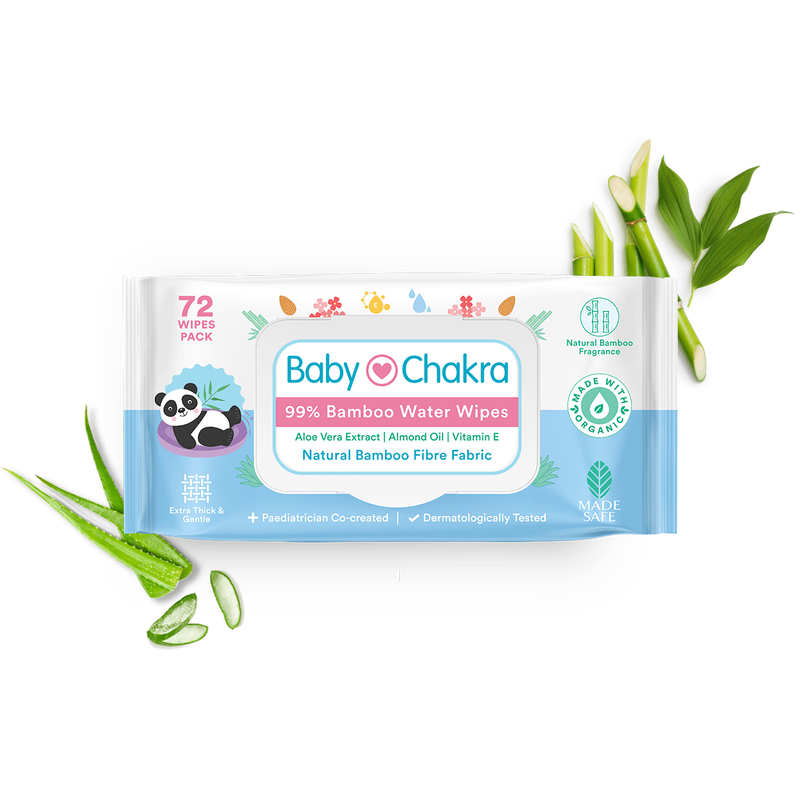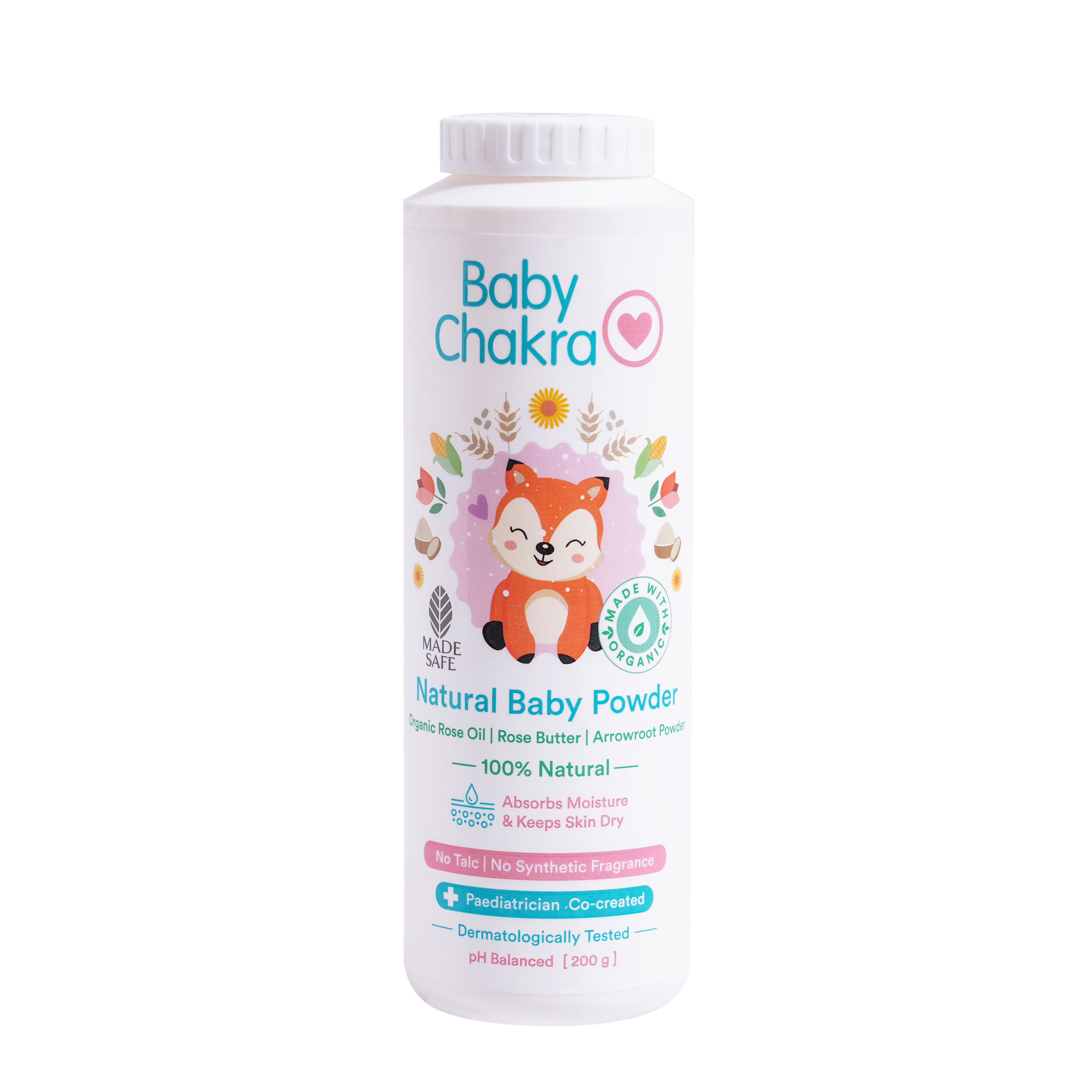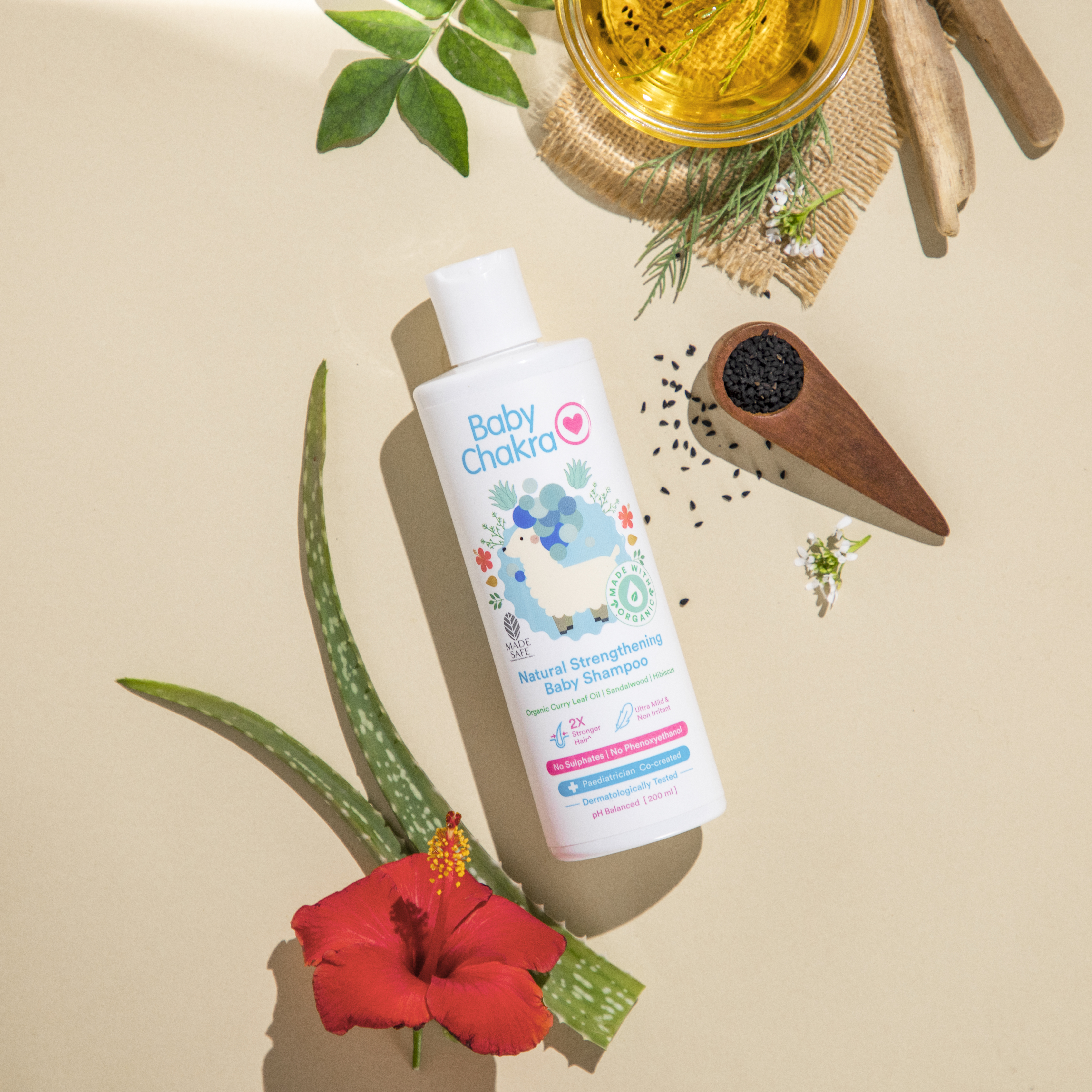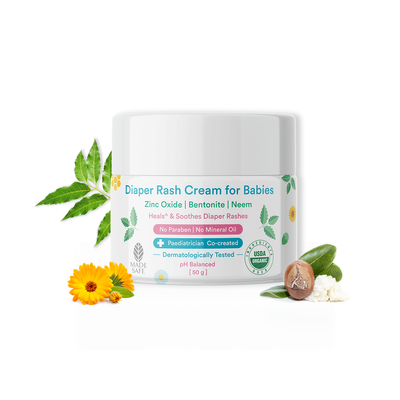
How To Spot And Take Care Of Your Baby’s Rash?
12 Sep 2022 | 5 min Read
Sayani Basu
Author | 607 Articles
Baby rashes are common as their skin is still developing and therefore sensitive. This makes their skin susceptible to many sources of irritation or infection. There are many types of baby rashes, and these might affect various parts of the little one’s body. Usually, these rashes are typically very treatable and aren’t cause for alarm. It is advisable to keep bamboo water wipes handy as they are packed with natural flavonoids and effectively soothe and heal rashes in babies.
However, baby rashes on the body can be a cause of concern at times and can indicate a more serious illness. Read on to know more.
Causes Of Baby Rashes
As babies have new skin and their immune systems are still developing, their skin is sensitive. It is more susceptible to environmental stress. Some of the causes of baby rashes are:
- allergies
- heat
- dampness
- skin to skin friction
- use of skin care products containing chemicals, fragrances, mineral oil and preservatives
In addition to these, their faeces can also irritate their skin and cause a rash and lead to viral and bacterial infections. A natural baby powder that is devoid of talc and absorbs moisture effectively and keeps your baby’s skin dry must be kept handy at home. This helps keep away nasty rashes and dampness.
Types of Rashes On Babies
Medical studies have found that some of the typical baby rashes include:
- baby acne, appearing on the face
- cradle cap, a skin condition that affects the scalp of the little ones and makes it dry, rough, and flaky
BabyChakra’s baby shampoo helps with the symptoms of cradle cap.
- diaper rashes due to the wetness or the acidity of a baby’s urine and faeces
- drool rash that irritates the skin around the mouth or on the chest
- eczema that’s commonly found on the face, behind the knees, and on the arms
- fifth disease (a “slapped cheek” rash that might be accompanied by fever, fatigue, and sore throat)
- heat rashes are usually found in areas covered by clothes, such as armpits, neck, chest, arms, torso, and legs and are caused by overheating
- hives, impetigo and infectious rashes, such as measles, chickenpox, scarlet fever, and roseola
Treatment for Rashes On Babies
The treatment for baby skin rashes depends on the types of rashes on babies.
Diaper Rash Treatment
Diaper rashes are one of the most common baby rashes. The best remedies for it include:
- a diaper rash cream that’s formulated using natural ingredients will provide quick and effective relief to the little one.
- diaper changes at frequent intervals
- wiping your baby’s bottom with a soft and wet cloth
- decreasing acidic foods, such as citrus and tomatoes, in your older baby’s diet
- washing your hands before and after changing diapers so that the rash doesn’t become infected
Eczema Treatment
If you have a family history of eczema or highly sensitive skin, your infant is likely to be more prone to eczema. A newborn rash that looks more like eczema might be caused by allergies or skin sensitivities to food, laundry detergent, types of the fabric of the baby’s clothes, or other irritants. Some of the helpful treatments for eczema include:
- keeping the affected area clean and dry
- oatmeal baths
- over-the-counter creams and ointments as prescribed by the doctor
Drool Rash Treatment
For treating drool rashes, keep the following tips in mind:
- It is advisable to pat and not scrub.
- Clean with warm water and avoid using soap on the face.
- Have the little one wear a drool bib so that his/ her t-shirt doesn’t become soaked.
- It is recommended to be gentle when cleaning food off of the face.
- Try to avoid fragranced lotions on the face.
- Try to minimise pacifier use when possible.
7 Prevention Tips for Rashes On Babies
- Try to keep your baby’s skin clean and dry.
- It is advisable to use an irritant-free laundry detergent or detergent that is specially formulated for babies.
- Dress your baby in breathable fabrics.
- Dress your baby appropriately for the weather to avoid overheating which might cause baby skin rashes.
- Keep a track of any skin reactions to foods so that you can avoid those trigger foods.
- Be up to date on vaccinations for your baby.
- Say NO to using skincare products that contain artificial fragrances, mineral oil, paraben, and preservatives.
Rashes in infants are common. However, baby rashes can be alarming when these rashes seem to be sicky and itchy. These might also come along with high fever and tend to spread rapidly. Therefore, it is advisable to consult the doctor right away in case of such instances.
Yes #MaKeJaisaTouch & #LabelPadhoMoms
Cover Image Credit: pexels
A


Related Topics for you
Suggestions offered by doctors on BabyChakra are of advisory nature i.e., for educational and informational purposes only. Content posted on, created for, or compiled by BabyChakra is not intended or designed to replace your doctor's independent judgment about any symptom, condition, or the appropriateness or risks of a procedure or treatment for a given person.




